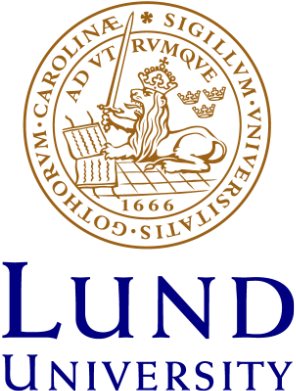Strategisk kommunikation - Masterprogram
The programme provides students with an understanding of strategic communication and the closely related fields of organisational communication, public relations and brand communication. The aim is to give in-depth knowledge about communication processes and how they are interrelated. In terms of professional roles, recent developments have shifted the focus from operational skills to more advanceThe programme provides students with an understanding of strategic communication and the closely related fields of organisational communication, public relations and brand communication. The aim is to give in-depth knowledge about communication processes and how they are interrelated. In terms of professional roles, recent developments have shifted the focus from operational skills to more advance
